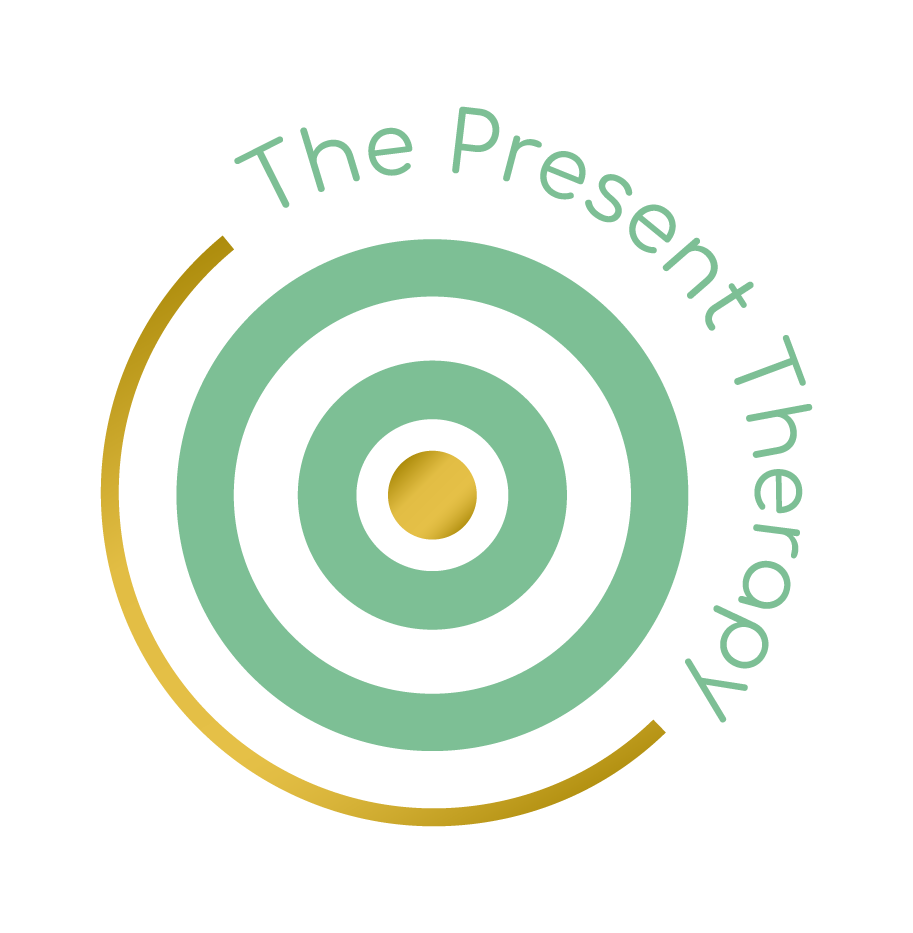Unlocking Your Potential: Introducing Gestalt Therapy for a Transformative Psychotherapy Journey
Gestalt therapy, a groundbreaking approach that aims to help individuals achieve self-awareness, emotional growth, and personal empowerment. Whether you are seeking to enhance your mental well-being or searching for a therapy that connects mind, body, and spirit, Gestalt therapy offers a holistic perspective that can invigorate your life journey. In this blog, we will delve into the key principles and techniques of Gestalt therapy, giving you a comprehensive view of this unique therapeutic modality.
Understanding the Basics
Developed by Fritz Perls, Laura Perls, and Paul Goodman in the 1940s, Gestalt therapy is rooted in the belief that individuals possess an inherent ability to self-regulate and resolve their own issues. The term "Gestalt" refers to the German word for "form" or "pattern" and emphasizes the importance of perceiving oneself as a whole person rather than focusing on individual parts or fragments.
Embracing the Here and Now
At the core of Gestalt therapy lies the emphasis on the present moment. Rather than analyzing the past or projecting into the future, Gestalt therapists guide clients to heighten their awareness of current thoughts, feelings, and behaviors. This heightened awareness allows clients to gain insightful understanding and make positive changes in their lives.
Holistic Approach
Gestalt therapy promotes the idea that an individual is an inseparable combination of their mind, body, and emotions, and these elements are interconnected and influence one another. Thus, therapists employ various techniques to address the emotional, cognitive, and physical aspects of an individual's experience. By exploring and integrating these three components, Gestalt therapy fosters balance and personal growth.
Experiential Learning
Gestalt therapy predominantly utilizes experiential techniques to help clients explore and understand their own experiences. Instead of solely relying on dialogue, therapists encourage clients to engage in activities such as role-playing, dream work, and creative expression to tap into their emotions and gain deeper insights. This experiential learning allows for a more dynamic and transformative therapeutic experience.
The Power of Dialogue
While Gestalt therapy focuses on experiencing the present moment, dialogue between the therapist and client remains essential. Therapists foster a collaborative and non-judgmental environment, where clients feel safe to express themselves openly. The therapeutic relationship is built on trust, empathy, and authenticity, enhancing the client's ability to gain awareness and explore difficulties.
Techniques
Gestalt therapy incorporates an array of techniques depending on the client's needs and the therapist's expertise. Some common techniques include empty chair work, where the client engages in a dialogue with an absent person or part of themselves, and the two-chair technique, which helps clients navigate and resolve conflicts within themselves. Additionally, body awareness exercises and mindfulness techniques play a significant role in promoting self-discovery and self-acceptance.
Conclusion
Gestalt therapy is a powerful approach that offers individuals a unique opportunity for personal growth and self-understanding. By acknowledging the significance of the present moment, exploring emotions, and integrating mind, body, and spirit, Gestalt therapy empowers individuals to become more whole and authentic versions of themselves. With the guidance and expertise of a skilled Gestalt therapist, you can embark on a transformative journey towards self-awareness, healing, and self-empowerment.

